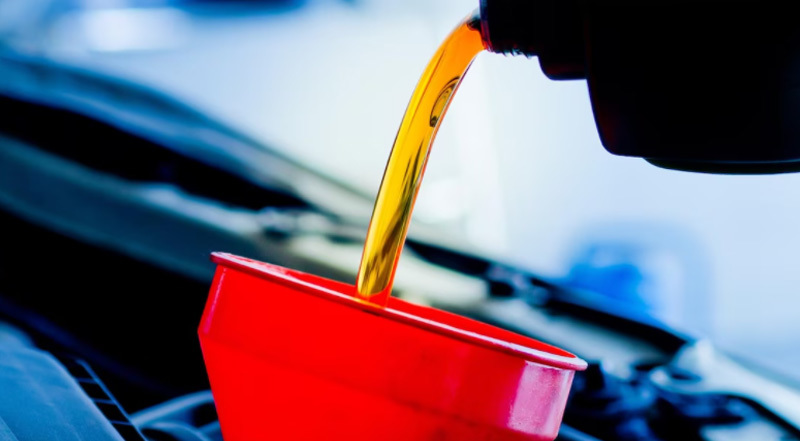
What protective measures should be taken to deal with methanol leakage accidents?
Release time:
2019-08-12
Chun Ping, a netizen of the China Safety Production Network - On August 15, 2014, a tank car loaded with 33 tons of methanol in Jiuquan City, Gansu Province, collided with an LNG tank car and then rolled over, resulting in methanol leakage. What are the hazards of methanol? What protective measures should be taken at the site during accident handling? Bai Shaoying, deputy director of the Beijing Center for Disease Control and Prevention, said that methanol is a flammable and volatile liquid, which can be ignited by heating, sparks or open fire, causing fire; Its steam can form an explosive mixture with air, and the explosion limit is 6.0% - 36.5%, which is prone to explosion. When human body is exposed to methanol, methanol can be absorbed through respiratory tract and digestive tract, and can also be partially absorbed by skin, with obvious accumulation characteristics. Methanol can cause systemic diseases mainly including damage to the central nervous system, eye damage and metabolic acidosis. In the process of accident handling, the following measures can be taken at the scene:
Chun Ping, a netizen of the China Safety Production Network - On August 15, 2014, a tank car loaded with 33 tons of methanol in Jiuquan City, Gansu Province, collided with an LNG tank car and then rolled over, resulting in methanol leakage. What are the hazards of methanol? What protective measures should be taken at the site during accident handling? Bai Shaoying, deputy director of the Beijing Center for Disease Control and Prevention, said that methanol is a flammable and volatile liquid, which can be ignited by heating, sparks or open fire, causing fire; Its steam can form an explosive mixture with air, and the explosion limit is 6.0% - 36.5%, which is prone to explosion. When human body is exposed to methanol, methanol can be absorbed through respiratory tract and digestive tract, and can also be partially absorbed by skin, with obvious accumulation characteristics. Methanol can cause systemic diseases mainly including damage to the central nervous system, eye damage and metabolic acidosis. In the process of accident handling, the following measures can be taken at the scene:
1. First, dial the emergency telephone on the transportation label or the local fire emergency telephone. Take emergency precautions, do a good job of on-site evacuation, evacuate irrelevant personnel, stay in the upwind area, and do not enter low-lying areas. An isolation zone shall be set around the leakage area. If only leakage occurs, the isolation distance shall be at least 50 meters; In case of fire and there are tanks, tank cars and tank cars on the site, the isolation distance shall be at least 800 meters.
2. When the tank or truck catches fire, put out the fire as far as possible or use the remote water gun and water cannon; Use a large amount of tap water to cool the container containing dangerous substances until the fire is completely extinguished. If the safety valve of the container makes a noise or the tank changes color, evacuate quickly and keep away from the tank engulfed by the fire.
3. In case of spillage or leakage, rescue personnel shall wear fully enclosed protective clothing to deal with spillage or leakage without fire; The equipment used for handling the fire source must be grounded; Do not touch or pass through the leakage; Prevent leakage from entering drainage ditches, sewers, etc., and set an isolation area in front of the leakage for treatment.
4. First aid for the injured: evacuate the scene quickly. After the leakage occurs, all personnel in the leakage area shall be quickly transferred to the safe area upwind of the leakage. Call 120 or other emergency medical service centers, and the medical staff should quickly classify the injured according to their condition and make corresponding marks to ensure the treatment of the seriously injured by the medical staff. Prevent the poison from continuing to be absorbed. Take off the contaminated clothes of the injured immediately and wash with plenty of flowing water. The person who is poisoned by inhalation should be sent to the place with fresh air immediately to keep the respiratory tract unobstructed. Treatment of the unconscious. Pay attention to the changes of pupil, respiration, pulse and blood pressure of the injured person with loss of consciousness. After the initial rescue, the injured were transferred to the nearby hospital for treatment under the close supervision of medical staff.






